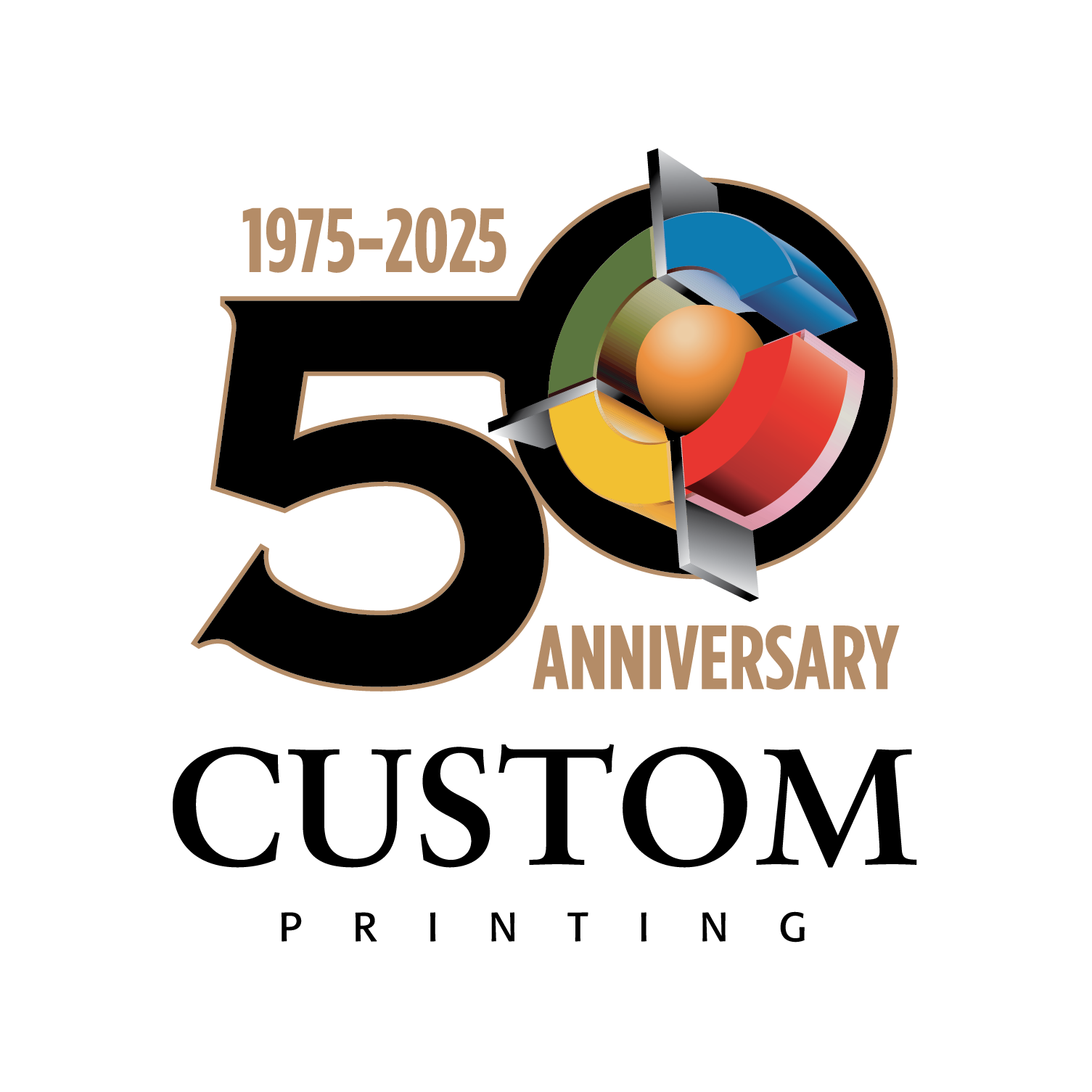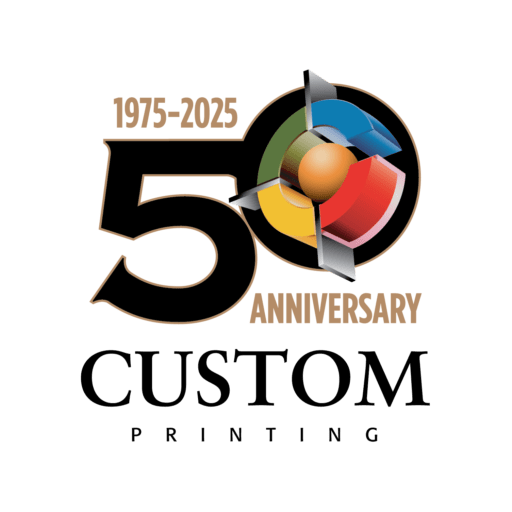When you’re organizing a printing project, it’s critical to stay organized. The problem is that the process can be so overwhelming. Knowing how to organize projects can make it easier – and ensure that they turn out just as you wanted (or even better). Additionally, once the project has gone to print, the organization continues.
We’ve established a few tips to help with the overall process.
#1 List off the Requirements for Your Project
One of the best uses of lithography printing is to take advantage of the various inks. Metallic ink can be used to create incredible artwork that is both creative and visually stunning.
Metallics such as gold, silver, and copper are available. These can be used on their own or in conjunction with standard (non-metallic) colors.
Consider all of the requirements of your project. Ensure that you make a list so that everyone else is aware. As you add to the details of your project, you may lose sight of decisions you’ve already made.
Some of the requirements you’ll want to sort include:
• Target audience
• Type of print
• Size of print
• Quantity of prints
The requirements will need to be given to the printer so that you can be sure that your project is handled sufficiently.
#2 Identify All of Your Resources
Various resources will be helping you complete a printing project. You may have more people available to help than you think. If you can delegate various components, it can ensure that you can tap into everyone’s area of expertise.
You want the print project to be handled quickly and produced to the highest quality. As such, pay attention to the resources you add to your team.
A graphic artist should be responsible for the graphics and the layout. You may also need a photographer who will take photos that will go into the print project, such as products for a catalog or people for a brochure.
A copy editor should also make sure that all of the text is correct. You’ll want them to do a final proof to ensure that no errors go to print.
You’ll also want to work with a professional printing company. They can help you establish a checklist, talk to you about the various material and design options available, and more.
#3 Establish a Timeline
A timeline will help you to figure out what needs to be done and when. Determine when you want the printed project complete. Then, talk to the printer about how long it will take them to produce it all. Once you have that information, you can work backward to feed deadlines to all of your other resources.
The graphic artist or another person responsible for the final layout that will go to the printer will likely dictate deadlines to get the final copy and graphic files to them.
#4 Discuss Finishing Options
A variety of finishing options are available depending on the project that you’re having printed. You’ll want to know about all of these options before you get too far into the planning process.
Some of the finishing options can include:
• Folding
• Hole punching
• Laminating
• Binding
Knowing these finishing options may impact your layout and the overall time it will take to produce your project.
#5 Know the Image Requirements
The size of your project will determine the quality of graphics that are needed. When you submit images, you have to be sure that the files are big enough to allow for the images to be printed to size without showing any kind of grain.
The larger the size of your image on the printed poster, banner, or another project, the larger the image file needs to be.
You’ll want to stay organized by knowing this information early on. Otherwise, you may end up slowing your project down by being told by the printer that your submitted files are inadequate.
#6 Establish a Checklist
Staying organized is easier when you have a checklist. Work with all of your resources to determine who is in charge of what. Establish a clear deadline for every task so that the final deadline doesn’t sneak up on you without being prepared.
As you complete various tasks, check them off. If you find that the deadline is approaching faster than you’re prepared for, you can also delegate some of the items on the checklist to others on your team.
#7 Determine if Secondary Print Items are Required
After you’ve created the main document or print that you need, consider secondary items that may be needed. For example, you may have created a poster for the event so that it can be placed inside the venue. However, would it be beneficial to have a smaller version printed in the form of flyers so that you can distribute them around town?
Printing projects have to be considered from all angles – presentation and distribution. You may want smaller or pared-down versions of your project so that it can be distributed – or the cover of a particular project blown up as an advertisement.
By considering all of the secondary items now, you can have everything printed at once, which will help you to stay organized and keep your budget intact.
#8 Save All Proofs
When you have an amazing print project, be sure that you have it saved. It will be a lot easier to reproduce down the road if you know what the original looked like. You may be able to have a digital proof sent from the printer. Otherwise, scan the project itself into the computer so that you have it for reference.
Try to attach as much to every proof as you can – font names, image files, and more. Each print project should be dedicated to its own folder on the computer.
#9 Organize Printed Projects
There may be a number of projects that you can use or reference down the road. Particularly when there’s a sign or banner that isn’t date sensitive, you’ll want to store it properly. This way, you can reuse your projects again and again to save both time and money.
Banners should be carefully rolled. Posters should be placed against cardboard backing and slipped into plastic bags. Flyers should be placed into boxes or envelopes.
File everything with a sticker on them so that you know what they are and how they can be used without having to open it all up.
A bit of organization as you file your projects will make it easier to grab them when you need them.
Start Your Printing Project Today
Once you’ve taken the time to organize the various aspects of your printing project, you’ll want to turn it over to a professional printer. At Custom Printing, Inc., we have decades of experience with everything from offset printing to digital printing.
Our expertise can ensure that your printing projects are handled to deliver the best possible results.
Contact us today to get your project started or to get a free estimate on personal or commercial printing.


